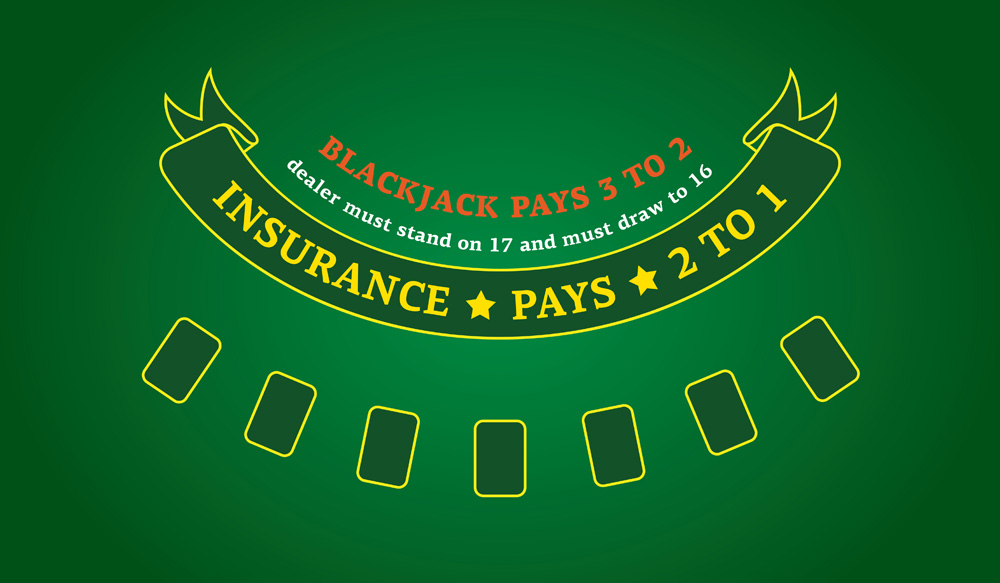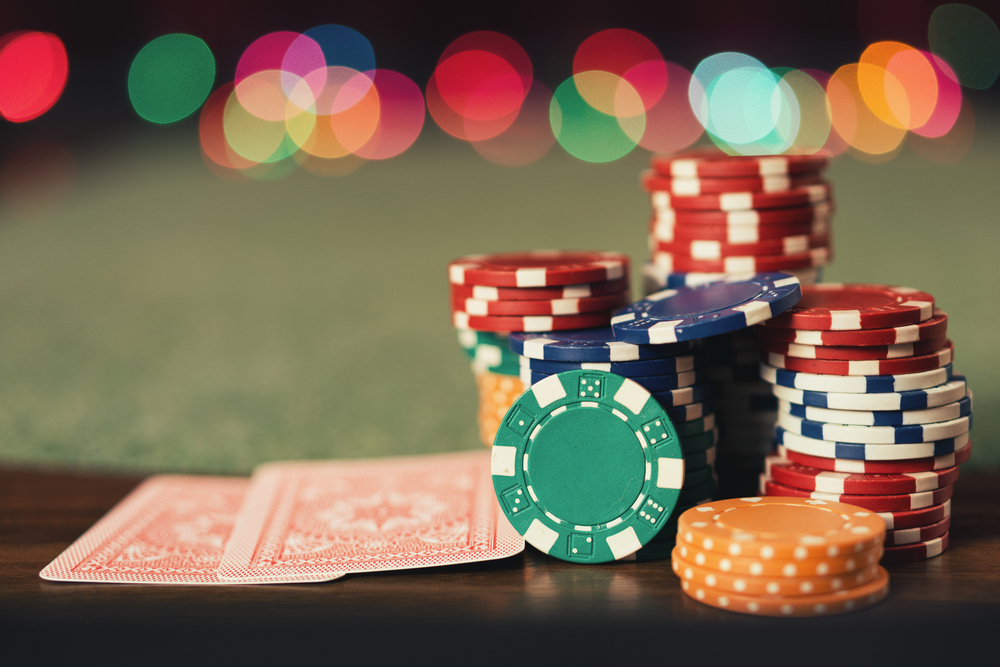Blackjack is one of the most popular card games in existence today. The ultimate goal of the player is to be dealt a series of cards that are as close (or equal) to the score of 21 without exceeding this limit. There are three ways that this can happen:
- The player receives 21 points when the first two cards are dealt (a blackjack).
- The end score is higher than that of the dealer without having exceeded 21 points.
- The dealer “busts” and breaches the limit of 21 points.
Still, there is a bit more than meets the eye in terms of developing a successful blackjack strategy. Let’s take a look at some basic concepts to consider.
Basic Strategy
We should note here that the aim of this approach is NOT to gain an edge over the house, but to minimise total losses over time by using some simple principles. This is always the fundamental base for even the most advanced blackjack betting system.

The first component of this strategy involves the fact that the player will only have five different choices during each hand. These are:
- To stand (to keep the current cards).
- To double down (to place another wager equal to the first in exchange for another card).
- To hit (to take another card).
- To split (to use two cards of the same value within the first hand to create two different hands).
- To surrender (to forfeit the hand and gain back half of the initial wager).
Having said this, the fact of the matter is that these moves will matter little if you do not fully appreciate the relationship between the dealer’s cards and your own. This is where the common blackjack strategy tables come into play.
Blackjack Tables
Tables will often be used to summarise what action you should take depending upon your hand and the face-up card displayed by the dealer. For example, you would always “hit” (ask for an additional card) if you have a very low hand (from 5 to 8). However, it will be wise to stand if your hand is in the range of between 17 and 20. In this case, the chances of scoring over 21 are extremely high. In the event of a hand equating to 10 or 11, the player could choose to double down, as the chances are high that this score will increase with the next card without exceeding 21 points.

Please note that this is a generalised overview and effective strategies will normally involve many more options. Players will often memorise tables in order to know which move to make without forethought. Of course, this will take both time and experience to master.
Blackjack Card Counting
Blackjack card counting is the ability to know which values have already been dealt and those that likely remain in the deck. This can provide the player with an edge of up to two per cent over the dealer. Counting cards will allow you to make larger bets in the event that there are many tens or aces left in the deck. Or, you could choose to stand if you have been dealt numerous low cards and you are aware that a ten or a face card will breach 21 points. This is once again only a very cursory explanation.
Developing the right type of blackjack betting system will take time and patience. Please feel free to use this article as a guide to hone your skills before winning it big!

